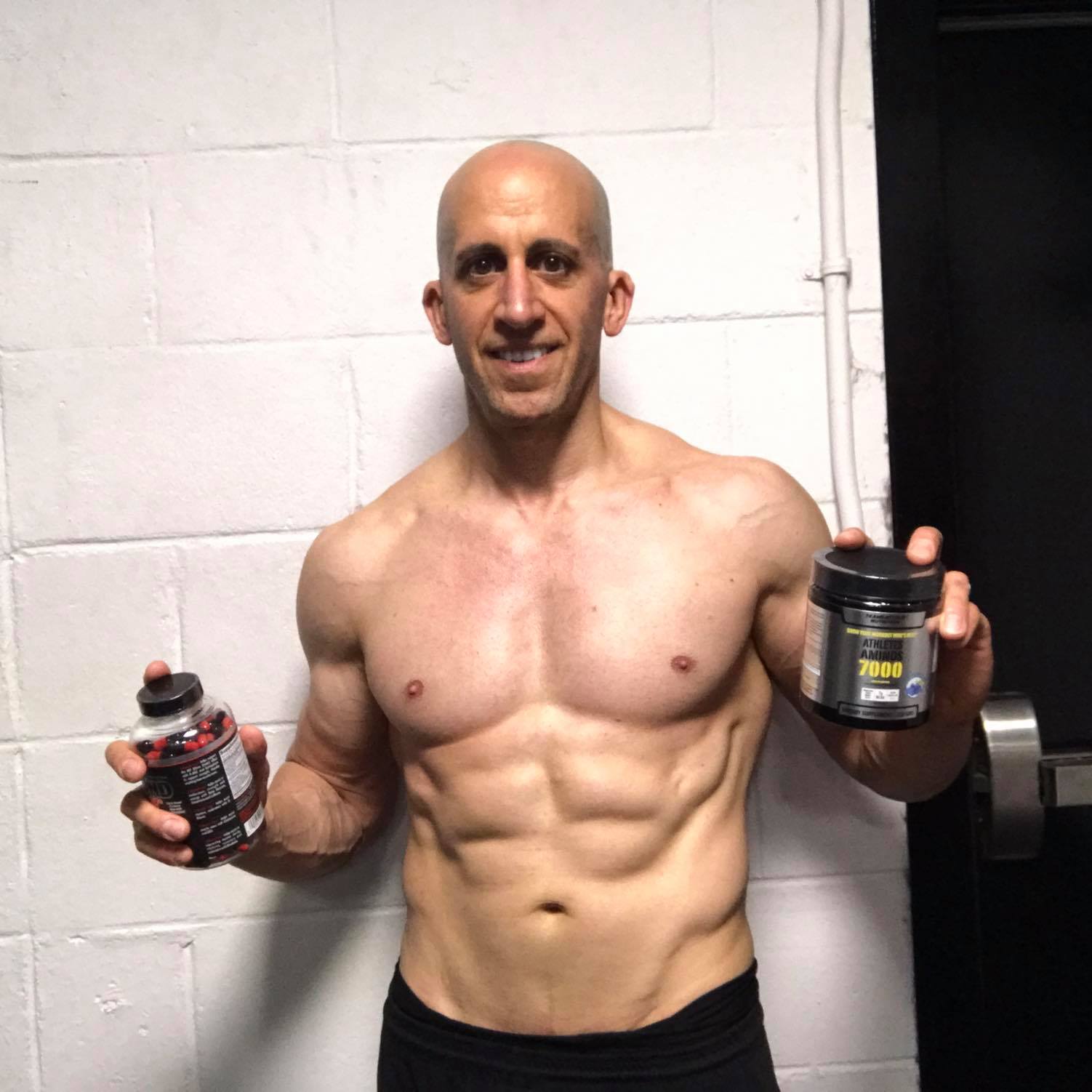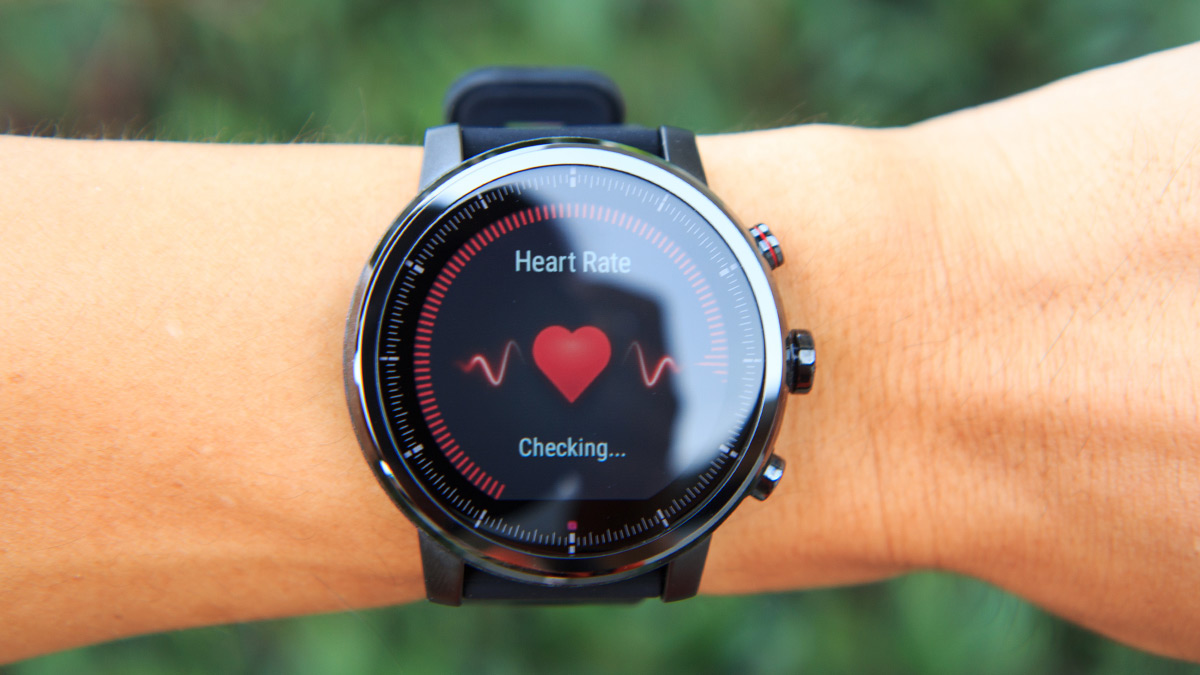As a previously coached athlete and a coach myself, the nebulous “listen to your body” mandate once perplexed me. What exactly does listening to your body mean? And does everybody listen to their body the same way? As I have trained and coached, I have gained perspective on how and when to listen to your body to help achieve your goals.
An Overlooked Metric
It can be tempting to focus only on the physiological costs of prescribed workouts in the form of Training Stress Score (TSS), heart rate and intensity factor (IF). This is especially true among “Type A” athletes, who pride themselves on motivation and day-to-day execution. However, one of the most important (yet overlooked) metrics is simple: how you feel when you wake up in the morning.
For example, there are days when I wake up, measure my morning heart rate, and crawl to the shower. As I make my way out the door, I feel agitated and grouchy. At work, I find that climbing the two flights of stairs is difficult. If I look at my Performance Management Chart, it will usually confirm what I’m feeling: my Training Stress Balance (TSB) is negative and/or my ramp rate is high. All of these indicators will help confirm what my body and mind are already telling me: to adjust my workout or rest for the day.
For this reason I encourage all of my athletes to record their morning metrics daily, including their morning heart rate, Heart Rate Variability (HRV), and general sense of wellbeing. With the Performance Management Chart, it’s easier than ever to match an athlete’s “morning indicators” with training stress balance (TSB) and ramp rates to help decide whether or not to adjust a workout.
Of course, many athletes, including myself, either misinterpret or ignore their morning indicators in fear they will lose fitness or not gain results. But I would rather my athletes be rested for a hard workout than to go into that workout fatigued, which will ultimately negate the effect of the training stimulus and response. Learning to be honest with yourself and your coach about how you’re feeling will make you a happier and often stronger and faster athlete.
How to Track Morning Metrics
Each and every morning, I have the athlete go into TrainingPeaks and input their morning metrics. I then compare this to their post-workout comments. Things I consider when reviewing morning metrics include resting heart rate variability, motivation to train, mood, sleep, appetite, and current stressors that the athlete faces during the day. I then compare the performance management chart in TrainingPeaks. If trends in the metrics charts show high stress and fatigue, TSB is negative, and post workout activity comments are negative, I then consider whether the next day’s workout is substituted for a rest day or adjusted to an easier workout. Here are some tips for logging your morning metrics:
- Don’t think too hard or overanalyze your morning metrics. When recording morning metrics, include what and how you immediately feel. Overanalyzing can make recording morning metrics more a chore and more likely inaccurate. For example, if you feel fatigued, click fatigued and in the comments explain to your coach what fatigued means for you.
- When in doubt leave it out. (“It” being your workout.) If all the signs indicate you are stressed and fatigued, then don’t push it. Either adjust your workout or take a recovery day. Most athletes are afraid to lose fitness if they miss a workout, but you can look at it as an opportunity to put your best foot forward for your next workout. Think long term.
- Training and stress can and will impact your sleep. That’s why it is important to monitor how your sleep was the night before. Trends of sleepless nights not only add to daily stress, but can create a negative cumulative effect.
- Record your morning heart rate every morning in the pulse field. Do this right when you get out of bed. Heart rate variability can tell a coach or athlete a lot about how the athlete is doing in adapting and responding to training.
- Record and pay attention to your day-to-day psychology or sense of wellbeing. Record your moods, motivation, concentration, focus, even how agitated you are. Your mood is often the first indicator that rest and recovery are needed.
Consider Physical Stress
These are the demands we place on our body through workouts, mowing the lawn, cleaning the house, going to the grocery store, hiking with the family, even taking the dogs on a walk or short ride.
On a bike it’s easy to measure training stress through power and heart rate—but the stress we accumulate every day is less measurable. There are no TSS scores for mowing your lawn or repairing that deck—but that doesn’t mean you can ignore the physical stress these activities place on your body.
Consider Mental Stress
Training for any sport does not happen in a vacuum. As an athlete and a coach, you have to be able to effectively manage your psychological stress with physical stress, because the two act in tandem.
Any athlete knows the psychological demand of completing high-intensity intervals after a very stressful workday, or even worse, a job loss, any other life set back.
Managing your training stress in relation to your existing physical and mental stress is the key to knowing how much you can handle before becoming overtrained or start logging counterproductive workouts. Remember, give yourself a break and understand that all stress plays into your capacity to train.
Managing Stress and Training
I have heard it said, and truly believe, that amateur athletes have the toughest jobs in the world. They don’t have the luxury of centering their lives around their athletic careers, so they have to have the ability to juggle the demands of training with their lifestyle, kids, jobs, marriage, travel, and finances. The athlete who can manage all of that is a superhero in my mind—but they’re also often the most stressed.
The key to managing that stress is to strike a balance between work and recovery. When it comes to that balance, the body never lies. It is perhaps the best tool we have to tell us when we move from overreaching to overtraining. Ignoring these critical signals from our bodies (which I often have) can lead to illness, injury, or just total burnout.
Remember, training and competing in your sport are (most likely) not what you do for a living. You train because you love it, it’s your passion, and you want to get better at something you love and that makes you a better and healthier person. So, listen to your body and mind and let it serve as just one tool of many tools available to help you effectively and efficiently train.
References
Mental Health Information. 5 Things You Should Know About Stress. National Institute of Mental Health. https://www.nimh.nih.gov/health/publications/stress/index.shtml









